You must have noticed that bicycles have gotten a lot of fame recently and for the right reasons. It is a great workout and an ideal way of transportation. Buying a bike seems easy, but there are several things to consider before purchasing. You will find massive online information on different types of bicycles, which can be overwhelming. And you can get confused about which bike to buy and which will suit your needs. This guide will help you save time (and spend money at the right place). It also contains a list of the 5 best bicycles to buy in Singapore [2025 review].
Selecting a bicycle online:
It is the easiest way to buy a bicycle. You can sit comfortably at home, and with one click, you will have thousands of great bikes to buy with amazing discounts. Read this article to decide which one to choose.
Steps to consider before buying a bicycle
Set the budget:
One of the main components of buying a bicycle is budget planning. Decide your range, whether you want to purchase a bike under S$5000, S$10,000, S$20,000, or more. The higher the budget, the more options there will be of premium-quality bicycles. However, decide the budget according to your salary.
Pick the right bicycle type:
You will find numerous types of bicycles on the market. The most common ones are as follows:
- Road bikes: if you are a speed addict, this bike is for you. Road bikes have narrow tyres and drop bars; you can roll fast on smooth roads. Their high average speed makes them perfect for covering long distances. Road bikes are ideal for recreational riding, fitness, and racing.
- E-bikes: electric motors function as pedals in electric bikes. They make it effortless to maintain a high average speed, climb hills, cover longer distances, and pedal against headwinds. Electric bikes are ideal for riders dealing with injuries, senior people, and commuters.
- Mountain bikes: These are made for riding off-road, but you can ride mountain bikes almost anywhere. Knobby, wide tyres enhance the grip on loose surfaces, which makes them ideal for trails and dirt roads. The subtypes of mountain bikes include cross-country, downhill, full-suspension, hardtail, enduro, and trail.
- Commuter bikes: getting from point A to B will be easier with commuter bikes. They have disc brakes, upright geometry, wide-range gearing, and wide tyres. Commuter bikes also feature accessories, such as rear racks, fenders, lights, and kickstands.
- Hybrid bikes: a combination of mountain and road bikes, hybrid bikes are used for off-road and road ridings. They have flat bars, semi-wide wheels, wide gearing, upright geometry, and other accessories. Hybrid bikes are all around leisure riding, fitness, and commuting.
Anatomy of the bicycle:
1. Frame material, size, and design: These depend on your budget and buying purpose. You can choose from different materials, such as steel, aluminium, titanium, and carbon.
- Steel frames are heavy and highly durable. And these bicycles are affordable and cheap.
- The Aluminum frames are lightweight and cost-effective. These are long-lasting and best for shorter rides.
- The titanium frames are suitable for mountain bikes. They are also durable and lightweight but are extremely expensive.
- Carbon frames are better at absorbing vibration and shocks but are expensive. They are also highly prone to damage from falls and collisions and are used in road bikes.
You should also consider the frame design alongside the material- it will decide your riding posture. You can choose either step-over or step-through frames. You will find step-over frames on mountains, roads, and racing bikes. The step-through is found in comfort city bicycles and ladies’ bicycles.
2. Gear type: When you go to a shop to buy a bicycle, you will see two types: bikes with gears and without gears.
- With gears, you get multiple speeds.
- Whereas without gears, you get only one speed.
There are a few categories of gears to pick from, these are:
- Hub gears (range from 3 to 14 gears)
- Derailleurs (range from 27 to 30 gears)
3. Wheel size and rim type: Wheel size charts are available that can be helpful when making choices. Before making the purchase, check the wheel’s diameter and width. The larger diameter gives a stable and smooth ride, and the smaller one helps make acceleration, deceleration and turns easier. Moreover, a higher wheel width helps attain a stable ride. But if you want to cycle faster, go for a less wide wheel. The rims of the bicycle should be made from alloy material and dual-wall.
4. Brake type: Deciding on brake type can be tricky and technical. Bicycles have two types of brakes: disc brakes and V brakes. Disc brakes are effective in wet conditions but require high maintenance costs, so they are more expensive. V brakes are a traditional braking system that is cost-effective but does not work best with wet rims.
5. Fork type: The fork is one of the crucial parts of the bicycle’s anatomy, which you can not ignore. Along with the tyres, the fork absorbs the shock. There are two types: suspension and rigid forks.
- Rigid forks are suitable for hybrid, road, and commuting bikes. It is because they are lightweight and increase speed.
- Suspension forks absorb the maximum shocks, so they are great for mountain bikes and deliver a comfortable ride. They are expensive, heavy, and suitable for rough terrain.
Take a test ride:
It will be the last step. While buying a bicycle from an offline store, take a ride test. The benefit of doing that is you get comfortable with the bike, and you get to understand the performance as well.


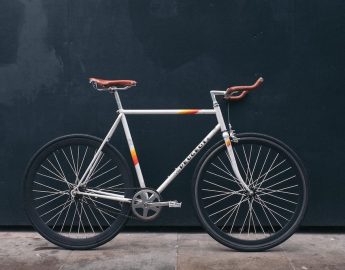
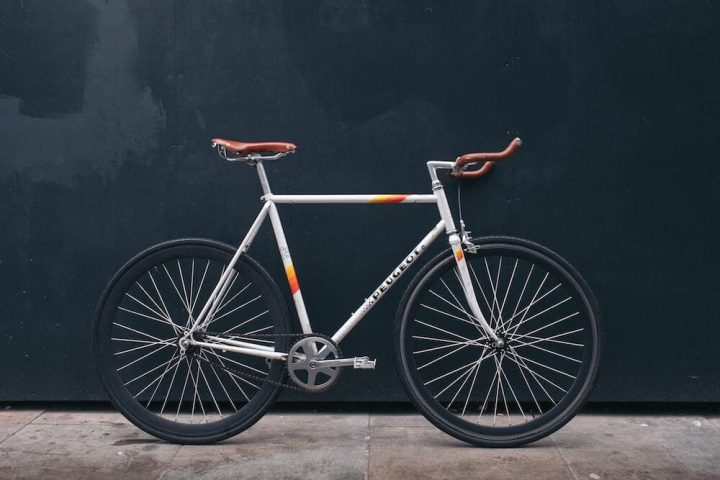

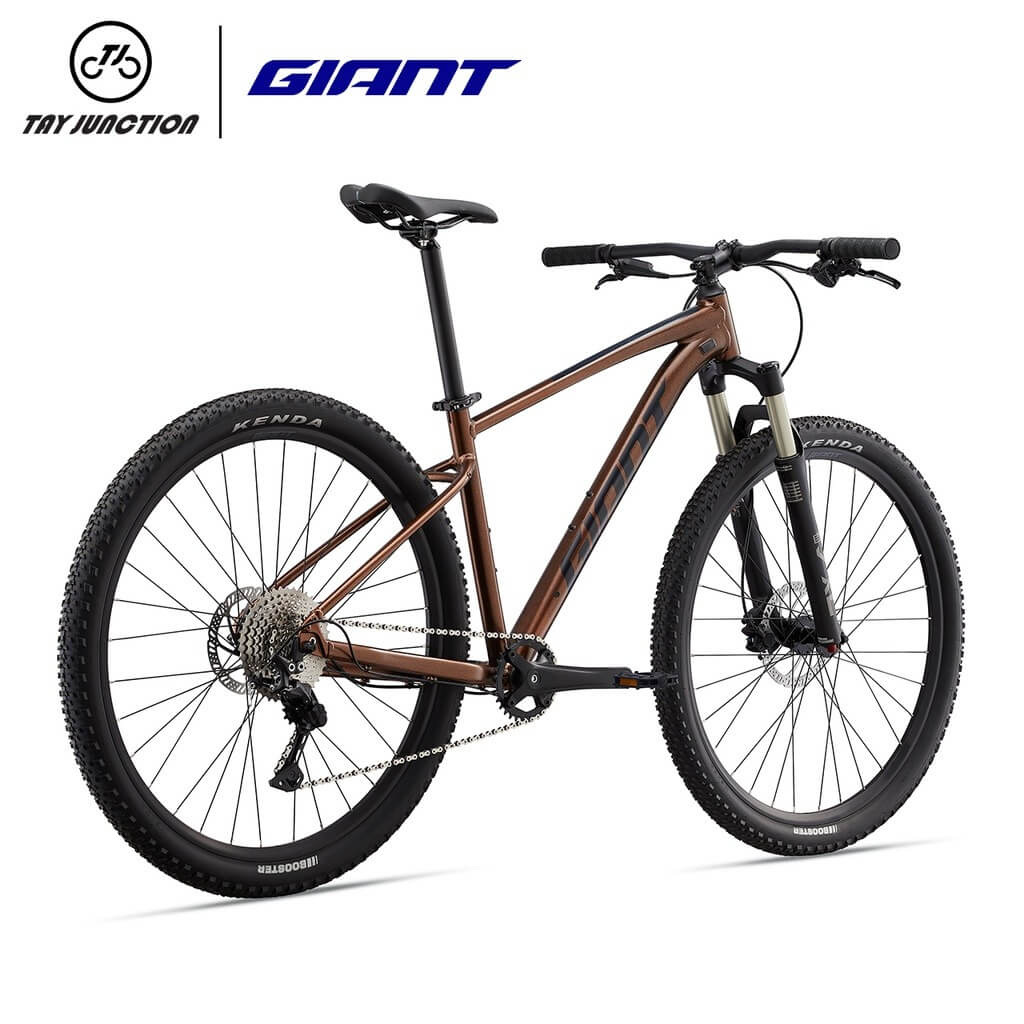
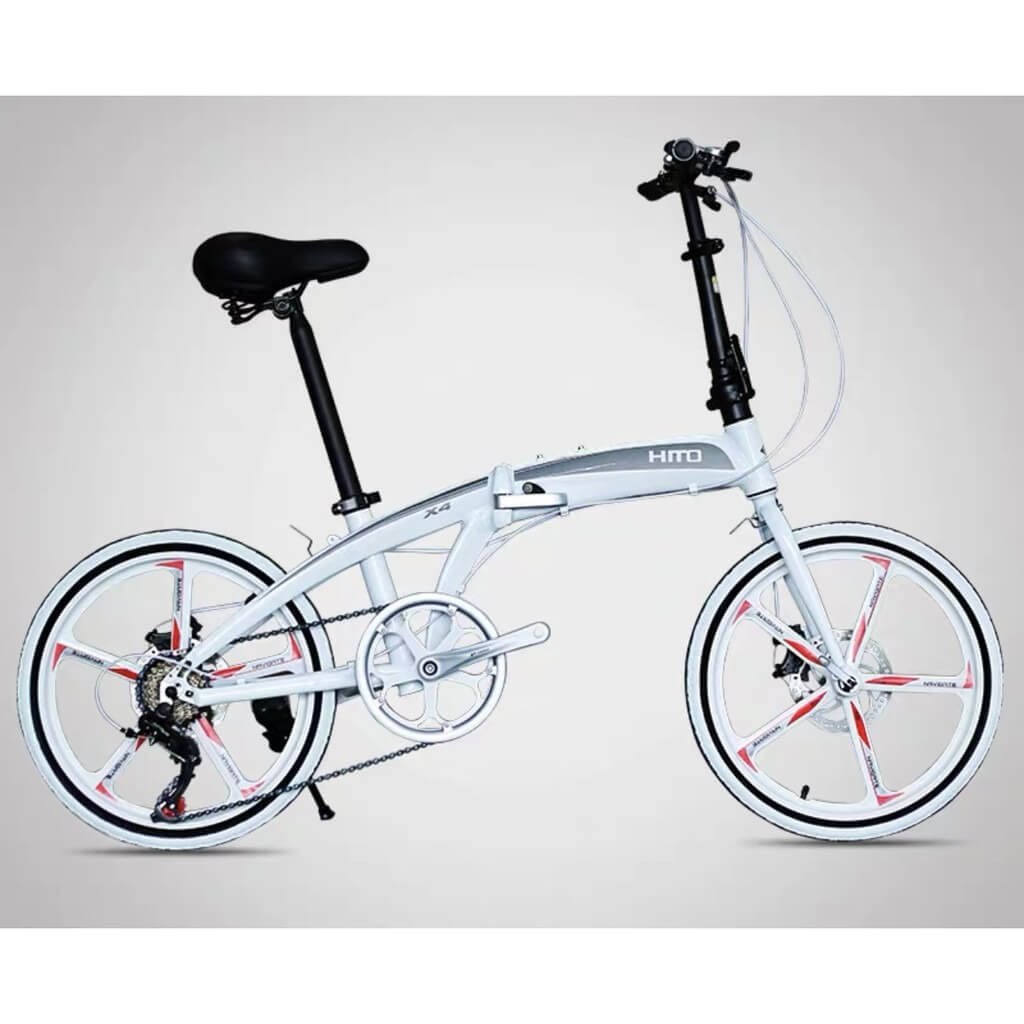
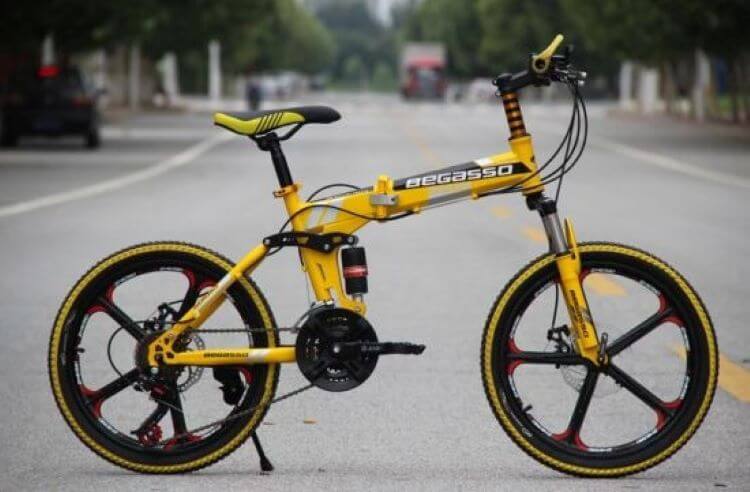
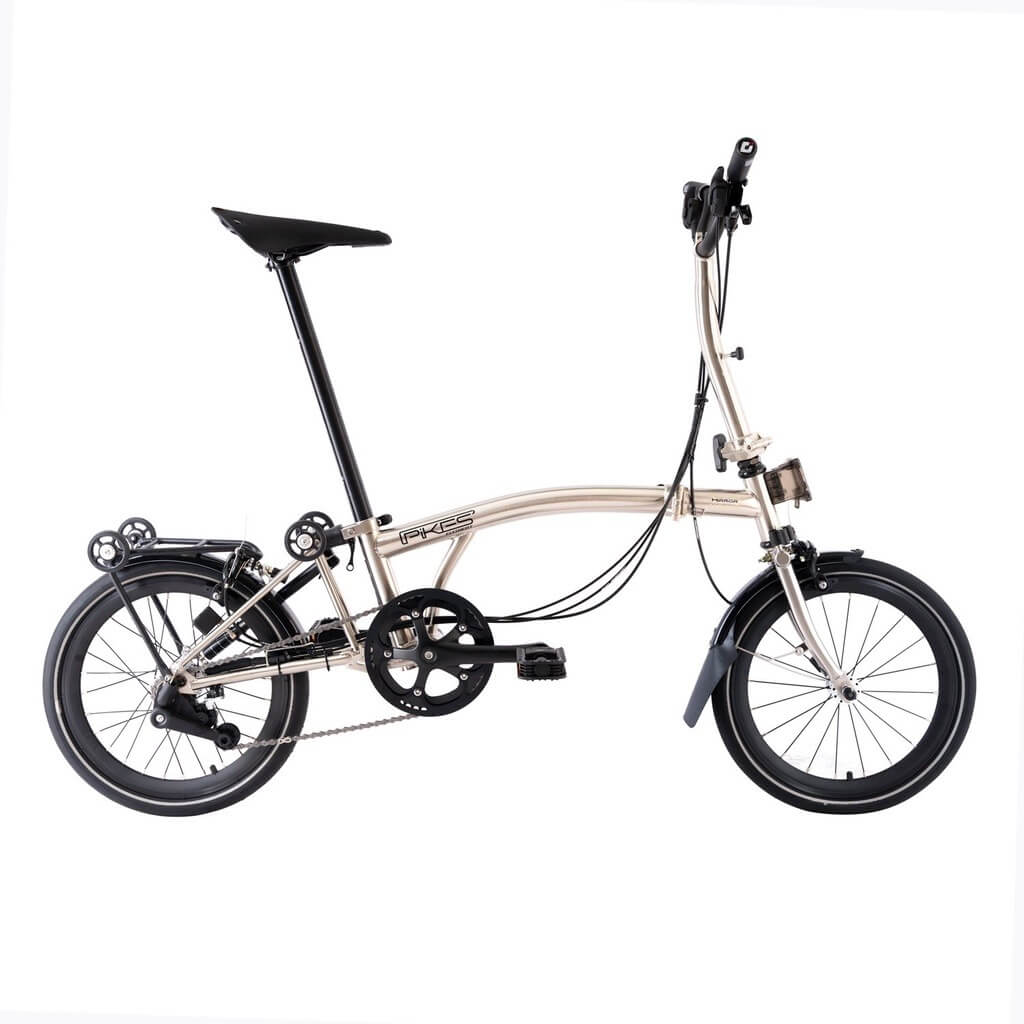


















 10 Best House Cleaning Services in Singapore
10 Best House Cleaning Services in Singapore  10 Best Aircon Services in Singapore
10 Best Aircon Services in Singapore  10 Best House Movers in Singapore
10 Best House Movers in Singapore  5 Best Sofa Cleaning Services in Singapore
5 Best Sofa Cleaning Services in Singapore  The 7 Most Romantic Restaurants in Singapore
The 7 Most Romantic Restaurants in Singapore  10 Best Maid Agencies in Singapore with Proven Track Records
10 Best Maid Agencies in Singapore with Proven Track Records  2XU Compression Run 2026
2XU Compression Run 2026  CÉ LA VI NYE Countdown Party: Midnight Rouge
CÉ LA VI NYE Countdown Party: Midnight Rouge  Understanding Bridging Loans: What HDB Upgraders Need to Know When Moving to a Condo
Understanding Bridging Loans: What HDB Upgraders Need to Know When Moving to a Condo  Solo Travel and Mental Health: Discovering Wellness Through Independence and Adventure
Solo Travel and Mental Health: Discovering Wellness Through Independence and Adventure  5 Ways to Improve Your Business’s Energy Efficiency
5 Ways to Improve Your Business’s Energy Efficiency  The 5 Best Chinese Hot Pot in Singapore
The 5 Best Chinese Hot Pot in Singapore  5 Best Buffet Caterers in Singapore: Best Food & Services
5 Best Buffet Caterers in Singapore: Best Food & Services  7 Best Brunches in Singapore with Delicious Champagne
7 Best Brunches in Singapore with Delicious Champagne  3 Best Fish Spas in Singapore: So Fun & Relaxing!
3 Best Fish Spas in Singapore: So Fun & Relaxing!  5 Best Old-school Pubs in Singapore for a Dose of Nostalgia
5 Best Old-school Pubs in Singapore for a Dose of Nostalgia  6 Best Gay-friendly Nightspots in Singapore
6 Best Gay-friendly Nightspots in Singapore